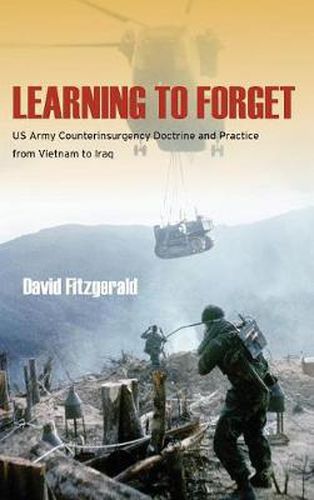Readings Newsletter
Become a Readings Member to make your shopping experience even easier.
Sign in or sign up for free!
You’re not far away from qualifying for FREE standard shipping within Australia
You’ve qualified for FREE standard shipping within Australia
The cart is loading…






Learning to Forget analyzes the evolution of US counterinsurgency (COIN) doctrine over the last five decades. Beginning with an extensive section on the lessons of Vietnam, it traces the decline of COIN in the 1970s, then the rebirth of low intensity conflict through the Reagan years, in the conflict in Bosnia, and finally in the campaigns of Iraq and Afghanistan. Ultimately it closes the loop by explaining how, by confronting the lessons of Vietnam, the US Army found a way out of those most recent wars. In the process it provides an illustration of how military leaders make use of history and demonstrates the difficulties of drawing lessons from the past that can usefully be applied to contemporary circumstances.The book outlines how the construction of lessons is tied to the construction of historical memory and demonstrates how histories are constructed to serve the needs of the present. In so doing, it creates a new theory of doctrinal development.
$9.00 standard shipping within Australia
FREE standard shipping within Australia for orders over $100.00
Express & International shipping calculated at checkout
Learning to Forget analyzes the evolution of US counterinsurgency (COIN) doctrine over the last five decades. Beginning with an extensive section on the lessons of Vietnam, it traces the decline of COIN in the 1970s, then the rebirth of low intensity conflict through the Reagan years, in the conflict in Bosnia, and finally in the campaigns of Iraq and Afghanistan. Ultimately it closes the loop by explaining how, by confronting the lessons of Vietnam, the US Army found a way out of those most recent wars. In the process it provides an illustration of how military leaders make use of history and demonstrates the difficulties of drawing lessons from the past that can usefully be applied to contemporary circumstances.The book outlines how the construction of lessons is tied to the construction of historical memory and demonstrates how histories are constructed to serve the needs of the present. In so doing, it creates a new theory of doctrinal development.